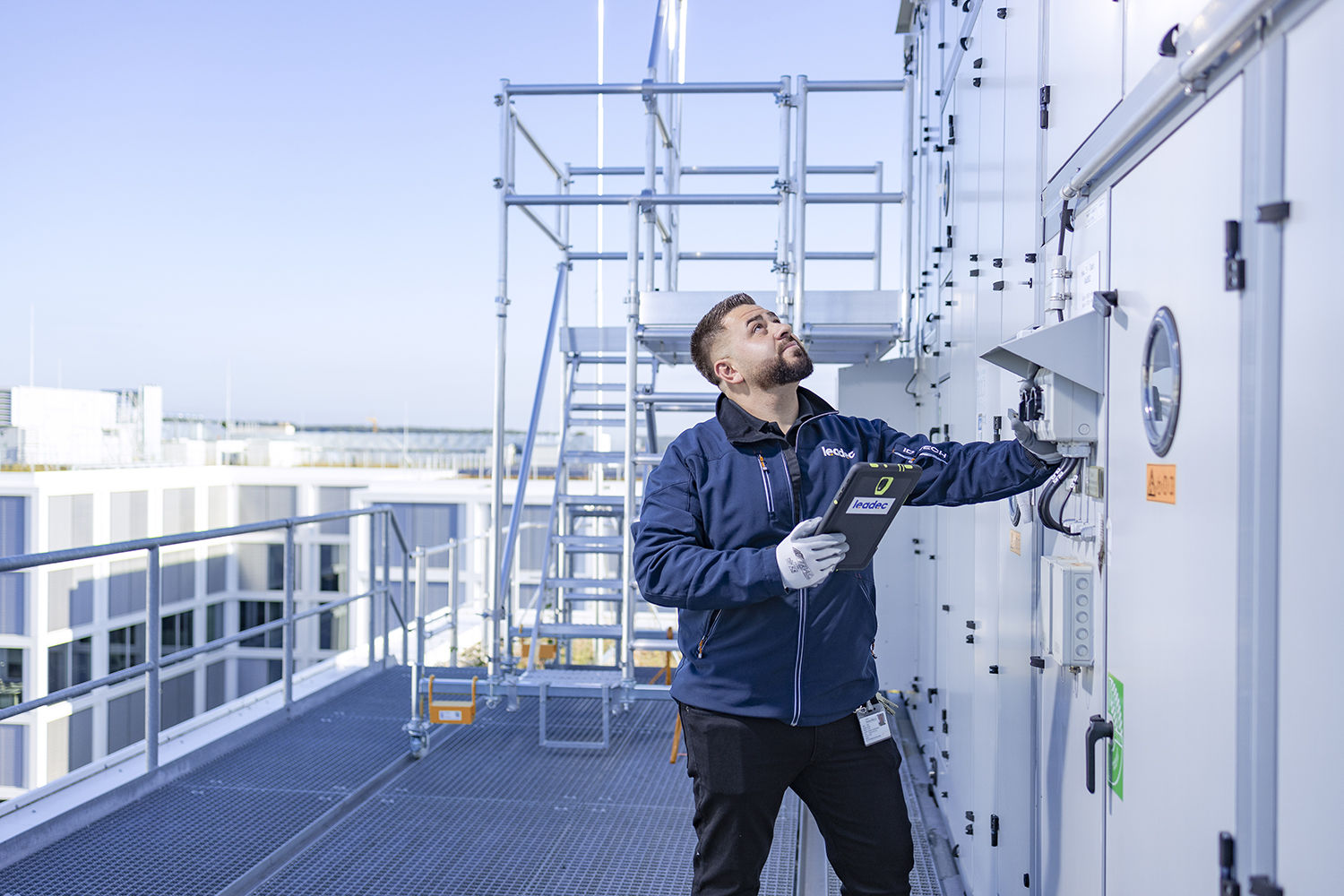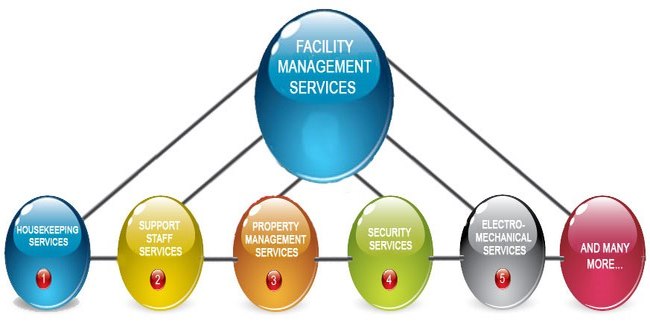The Essential Overview to Center Management: Techniques for Success
Center administration plays an essential duty in the general success of an organization, serving as the foundation that sustains efficiency, productivity, and security. The nuances of efficient facility management expand beyond simple logistics and require an extensive understanding of both qualitative and quantitative metrics.
Recognizing Center Monitoring
What constitutes reliable facility management? Efficient facility management encompasses the sychronisation of numerous business features to ensure that built atmospheres are safe, reliable, and helpful to efficiency. Facility Management. It incorporates the principles of design, style, and company administration to produce a seamless operational circulation within a company
Secret aspects of facility monitoring include space planning, maintenance administration, and conformity with wellness and security laws. Space preparation concentrates on maximizing the use of physical sources to support organizational goals, while maintenance monitoring ensures that centers are maintained in optimum problem, optimizing life expectancy and reducing functional expenses. Conformity with lawful and regulative standards is essential, as it safeguards the organization against possible responsibilities and boosts its track record.
Furthermore, efficient center management counts on the tactical usage of technology, such as Building Management Solution (BMS) and Computer-Aided Facility Administration (CAFM) tools. These technologies facilitate real-time surveillance of structure systems and enhance upkeep procedures. Ultimately, an extensive approach to center administration not just promotes operational efficiency but likewise promotes a positive setting for visitors and staff members alike, driving general business success.
Secret Approaches for Optimization
Optimizing facility management requires a calculated technique that straightens operational experiment organizational goals. To attain this, the initial essential technique is the execution of incorporated technological solutions. Utilizing innovative software systems enables for real-time surveillance of facility procedures, assisting in data-driven decision-making and boosting overall effectiveness.
Secondly, normal assessments of center performance are vital. Carrying out routine inspections and audits enables center managers to identify locations that require renovation, ensuring that sources are assigned properly. This proactive approach assists in decreasing downtime and improving solution distribution.
One more critical approach is cultivating cooperation across departments. By motivating open communication between teams, facility managers can better align their approaches with organization goals, bring about enhanced functional synergy. In addition, engaging staff in training programs promotes a culture of responsibility and enhances their capacity to add to optimization efforts.
Enhancing Safety Procedures
Strengthening safety and security methods is important for developing a safe atmosphere within facilities. An extensive safety and security method not just protects workers and visitors yet also enhances functional effectiveness. To accomplish this, center managers need to conduct regular threat evaluations to recognize possible risks and ensure that suitable actions are in location.
Training and education and learning are essential elements of efficient security protocols - Facility Management. Workers need to obtain ongoing training in emergency treatments, tools handling, and personal protective actions. Normal drills, such as fire discharges or lockdown procedures, foster knowledge and readiness among personnel
In addition, clear interaction networks should be go to my site developed to report safety and security concerns without delay. This includes developing an easily accessible More Help platform for staff members to articulate potential risks or events without worry of . Additionally, leveraging modern technology can enhance safety actions; as an example, executing security systems and gain access to controls helps monitor center activities and restrict unauthorized access.
Lastly, conformity with local policies and industry criteria is non-negotiable. Routine audits and testimonials of safety protocols make certain positioning with present legislations and finest methods. By prioritizing these techniques, facility managers can cultivate a culture of safety that protects all stakeholders and ultimately adds to the organization's success.
Improving Office Environment

Ergonomic considerations are necessary to reduce physical stress and discomfort. Facility Management. This entails providing flexible furniture, proper lighting, and appropriate area for movement. These adjustments can bring about minimized absence and enhanced work fulfillment
Aesthetics play an essential role in forming the work environment environment. Making use of shade psychology, all-natural lighting, and plant can cultivate a stimulating and inviting setting. Attentively made rooms can increase creative thinking and enhance overall wellness.
Additionally, encouraging employee engagement with comprehensive decision-making processes can boost the feeling of possession and belonging. Collecting feedback on workplace enhancements and involving workers in the layout process can cause an extra tailored setting that satisfies their needs.
Finally, advertising wellness efforts, such as health cares and relaxation spaces, can better add to a helpful workplace culture. By focusing click this on these methods, center managers can efficiently enhance the office atmosphere, driving both employee contentment and organizational success.
Determining Success in Facilities
Determining success in facility management calls for a comprehensive method that examines both quantitative and qualitative metrics. Quantitative metrics generally include essential efficiency indicators (KPIs) such as space usage rates, energy usage, maintenance costs, and tenancy degrees. These metrics provide a clear image of operational effectiveness and monetary efficiency, enabling center supervisors to recognize locations for enhancement and criteria versus industry standards.
Qualitative metrics, on the other hand, concentrate on individual contentment and employee interaction. Surveys and responses systems can evaluate how well the facilities fulfill the demands of owners, assisting to examine the overall office setting. This facet is important, as a completely satisfied labor force is usually linked to raised productivity and retention prices.
To properly gauge success, facility supervisors should additionally take into consideration incorporating innovation, such as constructing monitoring systems and information analytics tools, to gather and examine relevant data. Frequently examining both sets of metrics permits a more well balanced sight of performance and notifies strategic decisions. Inevitably, a successful facility management technique rests on a dedication to continuous enhancement, ensuring that both operational effectiveness and customer complete satisfaction are prioritized.
Verdict

Center administration plays a critical duty in the total success of a company, offering as the foundation that supports effectiveness, performance, and safety.Trick components of center monitoring consist of area preparation, upkeep management, and conformity with health and safety and security policies.Moreover, reliable center monitoring depends on the strategic usage of innovation, such as Structure Management Equipment (BMS) and Computer-Aided Center Administration (CAFM) tools. Ultimately, an extensive strategy to facility monitoring not just promotes operational performance however additionally fosters a positive setting for site visitors and employees alike, driving general organizational success.
Ultimately, an effective facility administration technique hinges on a commitment to continual improvement, guaranteeing that both functional performances and user contentment are focused on.